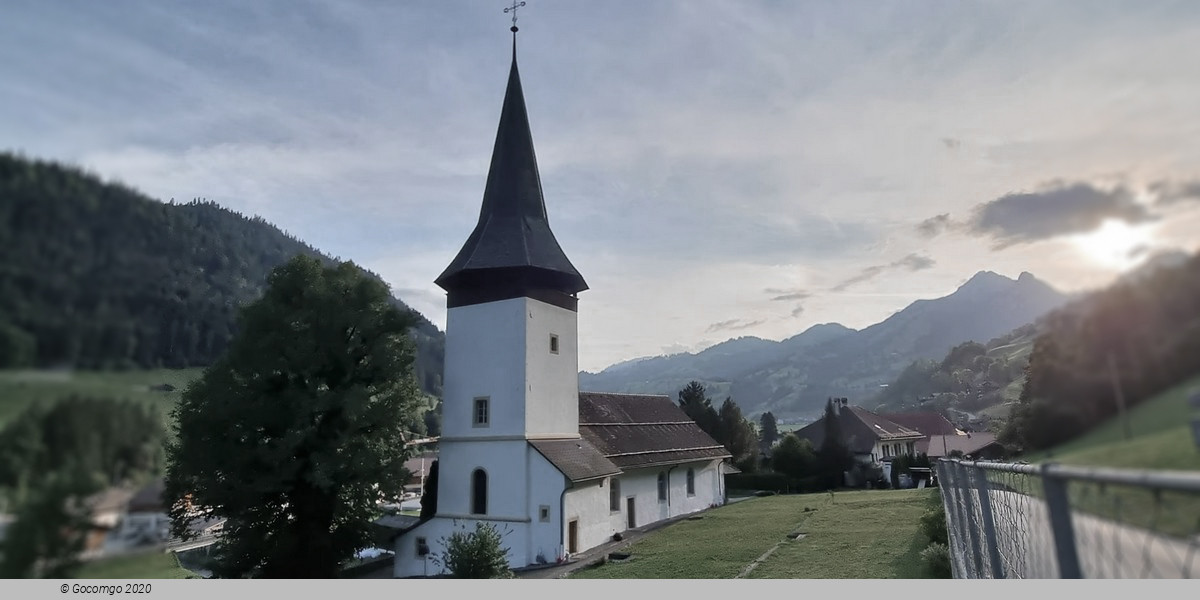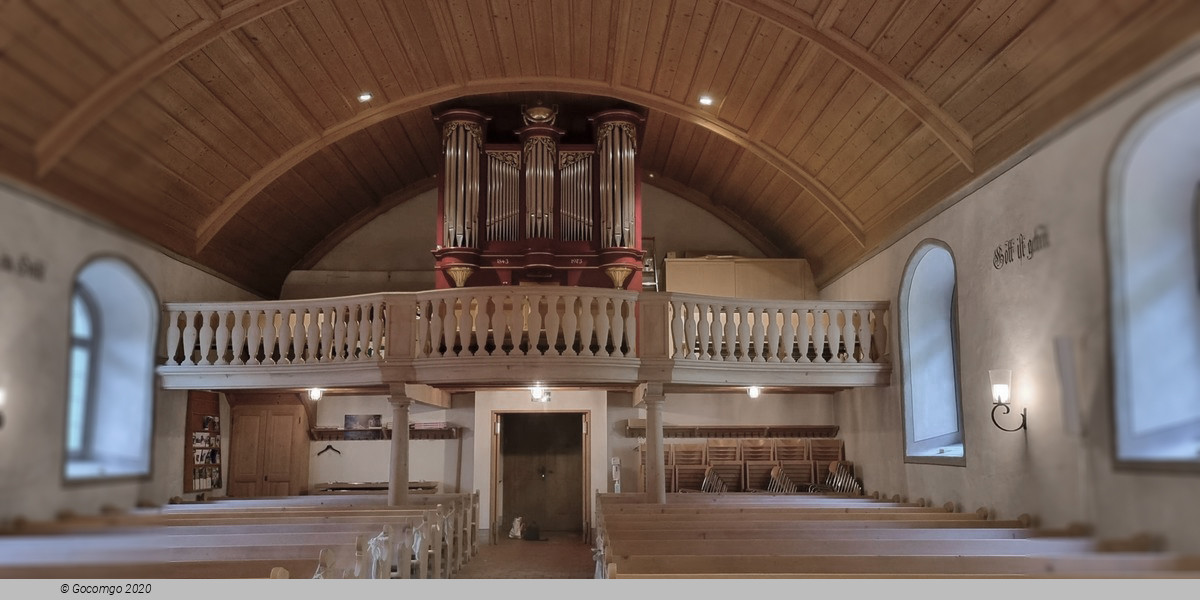Venues in Boltigen

Boltigen is a municipality in the Obersimmental-Saanen administrative district in the canton of Bern in Switzerland. The farm house at Adlemsried 85, the farm house at Weissenbach 543 and the Ranggiloch mesolithic shelter are listed as Swiss heritage site of national significance. The entire village of Boltigen and the hamlet of Adlemsried are part of the Inventory of Swiss Heritage Sites.
Boltigen is first mentioned in 1276.
The oldest trace of a settlement in the area is the mesolithic shelter in the Ranggiloch cave. A few Bronze Age artifacts have also been found. During the Middle Ages there were forts or castles at Simmenegg, Eichstalden and Laubegg though all three have fallen into ruin. Many of the villages and Bäuerten were founded in the Early Middle Ages and grew slowly over the following centuries. The villages and farm lands came under Bernese control partly in 1386 and completely in 1391. When Bern acquired the lands, Adlemsried, Boltigen, Eschi, Schwarzenmatt and Weissenbach were all listed as villages. Until the 15th century, Pfaffenried village (now part of Oberwil im Simmental) was part of Boltigen. In 1502 Littisbach and Unterbächen were transferred from Zweisimmen to the municipality.
The local church of St. Mauritius was first mentioned in 1228. The town of Boltigen experienced the trial of a man named Stedelen, who confessed under torture, the charges of summoning the devil between 1397–1406. In 1528, Bern accepted the new faith of the Protestant Reformation, however the Bernese Oberland resisted the new faith and the church at Boltigen was part of the resistance. When Bern forced the Oberland to accept the Reformation, Boltigen also converted. The church was destroyed in a fire in 1840 and rebuilt shortly thereafter.
Traditionally, the villagers imported grain from Bern and raised cattle on the valley floor and in seasonal alpine herding camps. Beginning in the 18th century, they began breeding and milking Simmental cattle, which became major exports from the municipality. During the 18th and 19th century coal mines at Walopalp provided another source of income. There was also some trade over the Jaun Pass. The construction of the Simmental road in 1815-28 and the Jaun Pass road in 1872-75 expanded trade in the village and allowed it to grow. The construction of the Erlenbach-Zweisimmen railway in 1902 made it easier to reach villages and allowed them to grow further. Unlike some communities in the Oberland, tourism never developed into a major industry. In 1990 about one-third of the jobs in the services sector, while 44% of the jobs are in agriculture.


